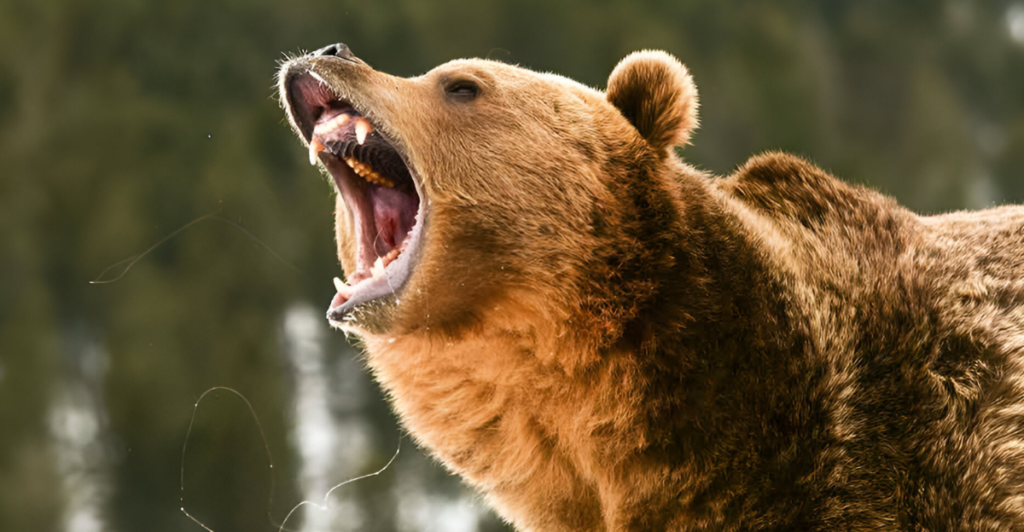
The initial signs of spring usher in more than melting snow and wildflowers to Yellowstone and Grand Teten National Parks: they bring in grizzly bears. As the temperatures gradually rise, the massive bears start stirring from their winter’s sleep. Last year’s leaves crumble under their footsteps, and knife-like claws leave new impressions in the snow.
The air is filled with anticipation. But this is not just a matter of the bears returning to their natural ways. It’s a struggle between nature and mankind and how one miscalculation could tip the scales. Are we prepared for what’s next? Are they? This year’s bear season has already been one for the books. Join us as we examine why park rangers are already on high alert.
A Tradition Awakens
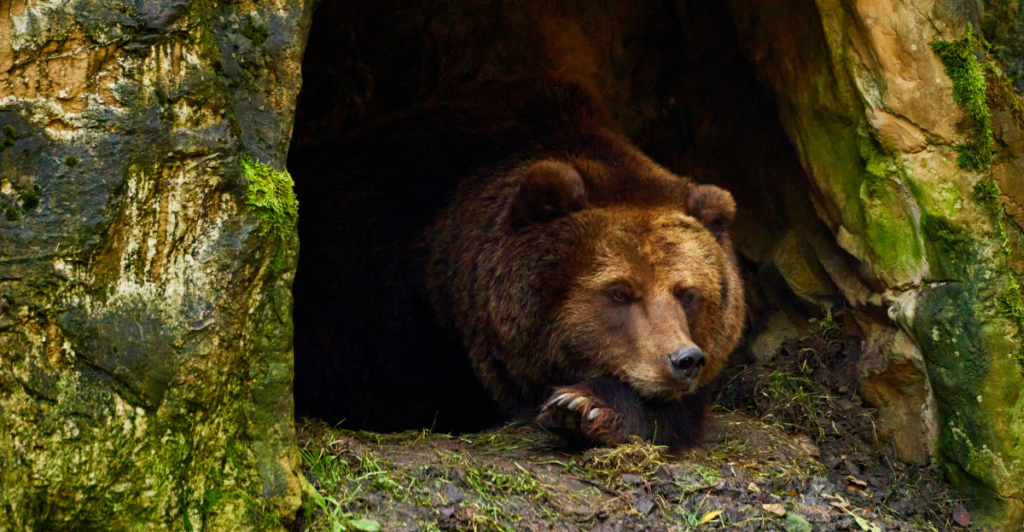
Each spring, Yellowstone and Grand Teton National Parks welcome one of the world’s most satisfactory traditions in nature: grizzly bears’ awakening from den hibernation. Adult bears, known as boars, awaken first, driven by a deep hunger. Behind them, a week or so afterwards, rise the females and cubs, hungry and irritable.
Rangers initially recorded the initial grizzly tracks in the park’s north on March 9. Only a few days prior, a trail cam in West Yellowstone, Montana, photographed a bear trudging through the snow. These initial tracks are the official beginning of bear season, with every new track a reminder that nature’s giants are out and about once more.
Hungry and On the Hunt
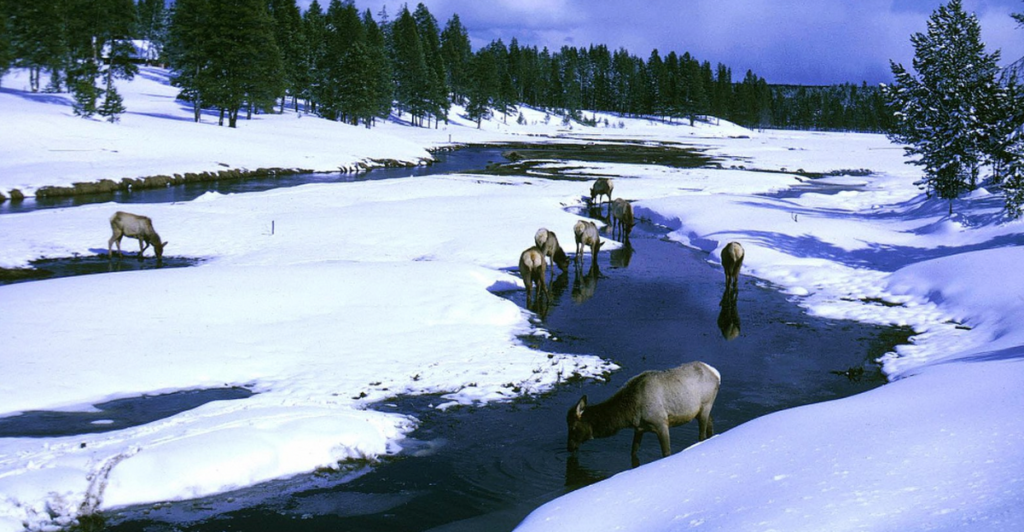
Waking up from months of hibernation is not exactly restful. It’s a rude awakening spurred by hunger. Sleeping winter away means burning off most of their fat reserves. Now that the bears are searching for food, and not merely berries and roots, lower elevations, south slopes, and the melted snow patches become their last resort for sustenance.
They frantically forage for the carcasses of those who succumbed to the harsh winter. Scavenging is critical for their survival, but their search can quickly become dangerous. Starvation due to food scarcity can force grizzlies near human residences and could result in unsafe contact.
Caution vs. Curiosity
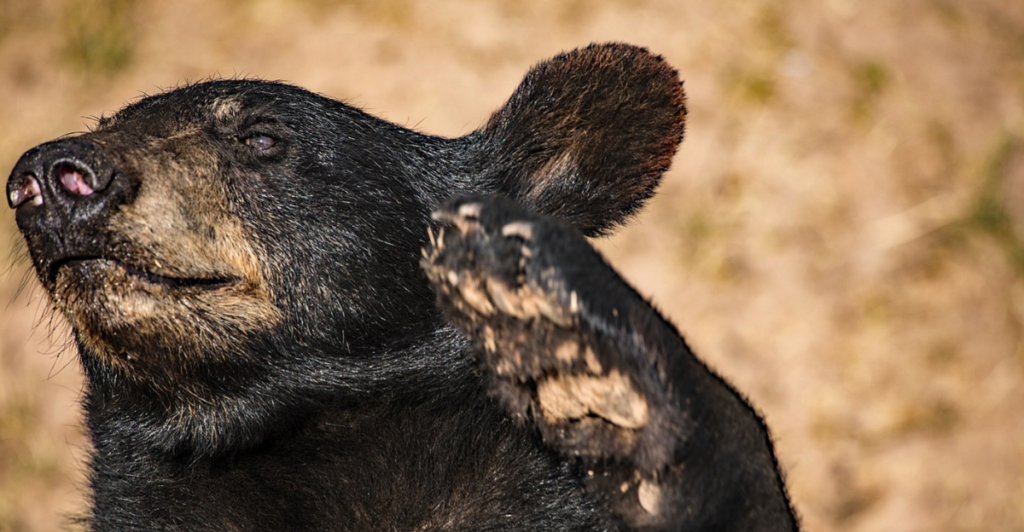
While grizzlies are a mesmerizing sight, they bring a warning. Park rangers are going the extra mile to reduce human-bear encounters. Bear spray and at least 100 yards of separation are recommended for campers and hikers who encounter a bear. Authorities are particularly vigilant following last year’s record number of encounters in northwest Wyoming.
A whopping 168 occurrences in Teton County and Jackson alone, an amount that’s twice the all-time average, serve as a stark testament to the tragedy that may occur when man and bear interact.
A Story of Sorrow and Redemption
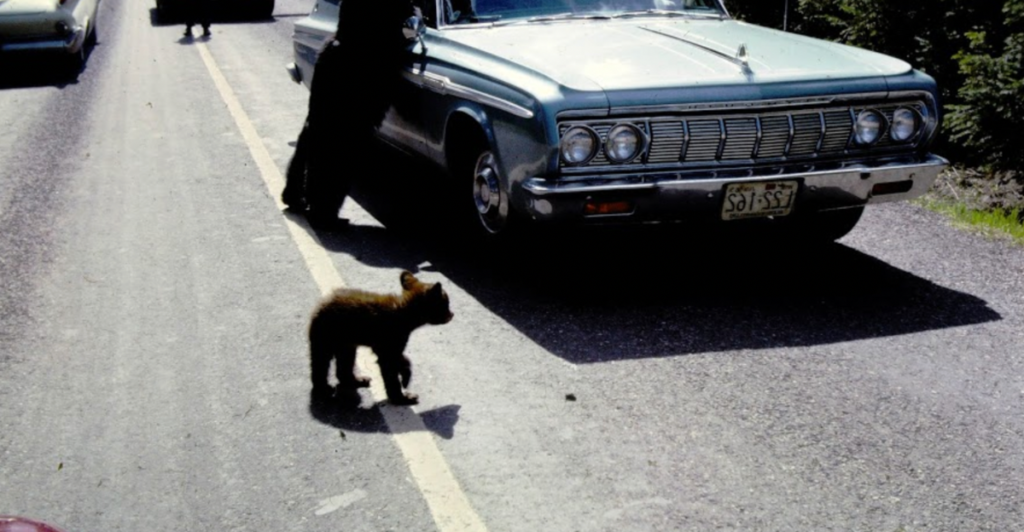
Only a few months ago, a neighborhood was rocked by the death of Grizzly 399, an iconic bear cruelly struck by a car. Her cub, they named “Spirit,” ran away from the scene and has not been seen since. Nature lovers are holding their breath for a glimpse of the cub, but the harsh winter may have ended its life.
Spirit’s destiny hangs in the air and shows how fine the difference is between life and death in the wild. Each new bear during this season of the year reminds us what’s at stake and why rangers are paying such close attention to keeping both people and bears safe.
A Ranger’s Eye View
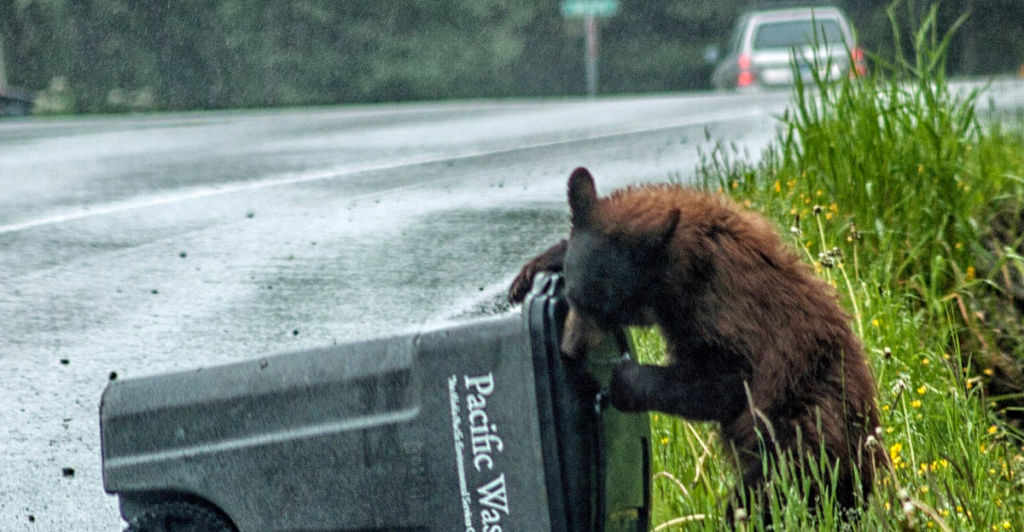
“It’s definitely an exciting time,” declares Justin Schwabedissen, Grand Teton National Park bear biologist. But excitement soon yields to vigilance as snowflakes yield to slushy trails. Bears will soon be coming home to roost, attracted by the scent of food or the lure of scavenging.
Rangers are reminding the public and tourists to cover food and garbage and to take extra notice of wildlife closures. One moment of carelessness, like leaving food out, can make the difference between peaceful coexistence and another bear disaster.
Why Are Conflicts on the Rise?
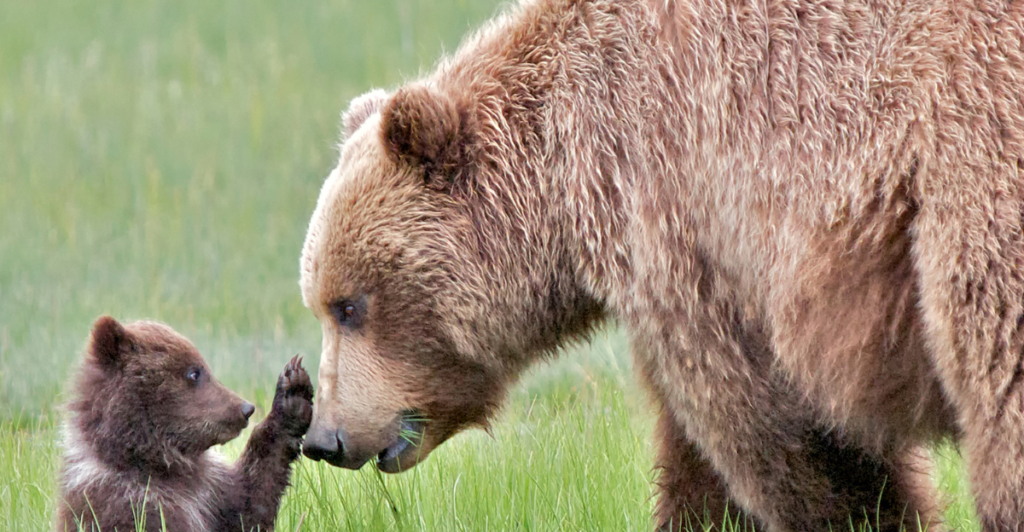
Authorities cite several reasons as to why there are more bear-human conflicts: human intrusion into bear-infested lands, poorly protected trash, and ignorance. The more human beings venture into the wild without self-awareness, the more encounters between bears and people occur.
Relocation is generally a last resort, and too many bears are sadly euthanized. Official spokespeople emphasize that modest adjustments, such as keeping food covered and keeping a considerable distance, can cut down dramatically on conflicts.Our duty to coexist with these beautiful creatures is greater than ever.
Revealing the Bears’ Plan
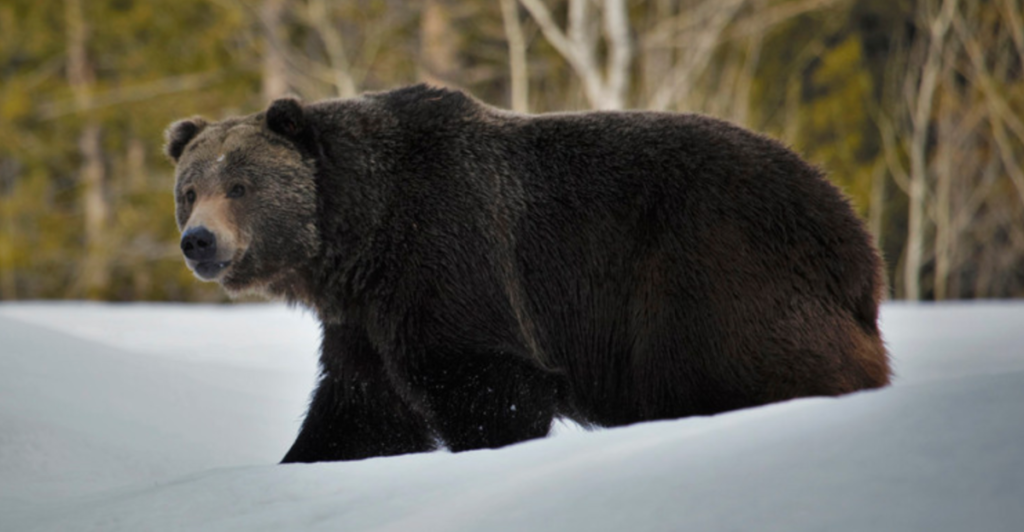
Hibernating bears don’t just stumble blindly out of the woods. Their memory is good, so they make it to familiar sources of food year in and year out. Deep snow can’t even replace their memorized maps, so they easily make their way to carcasses.
Their natural intelligence keeps them alive, but can also lead to their death: especially when those remembered places become filled with human commerce. Relying on where bears travel around habitually is crucial to rangers and tourists alike so they can remain safe.
Living with Giants
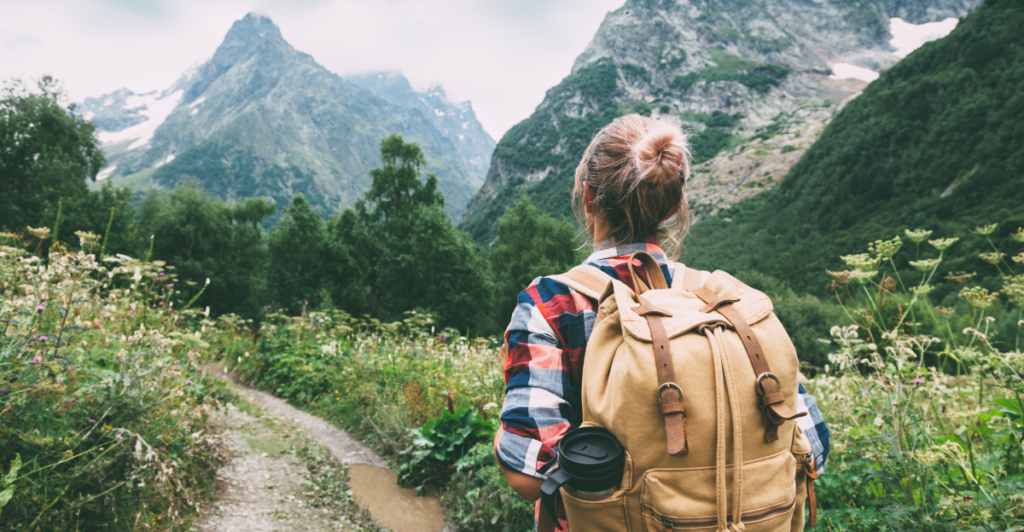
At the heart of this tale is a basic question: How can we live alongside these giant animals without harming them? As they become more frequent visitors to the national parks, awareness is the greatest asset.
Officials are asking all of us to leave bear space alone and keep food away. It’s more than guarding ourselves; it’s guarding the future of the bears. Every year is another chance to learn from error and have fewer bears killed by humans.
The Road Ahead
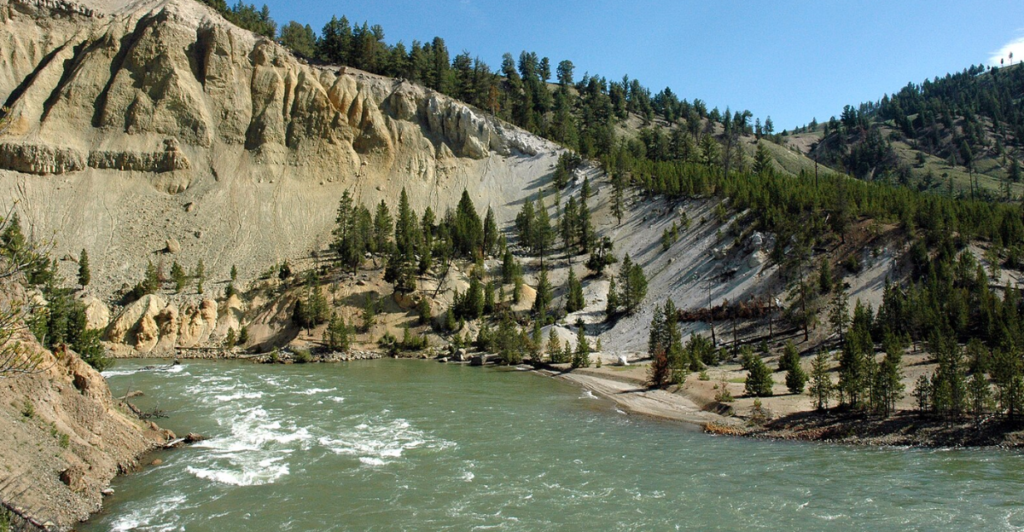
Yellowstone’s grizzly season has just started, and already the stakes are high. As the bears leave their dens to forage, chances of encounters will only rise. But with thoughtful planning and growing awareness, hope is that there will be fewer wars and greater peace this year.
The wild awakens, and the question: Will human beings rise to meet the challenge of sharing their living space? One thing is certain: nature isn’t waiting for us to get our act together.
Explore more of our trending stories and hit Follow to keep them coming to your feed!

Don’t miss out on more stories like this! Hit the Follow button at the top of this article to stay updated with the latest news. Share your thoughts in the comments—we’d love to hear from you!







